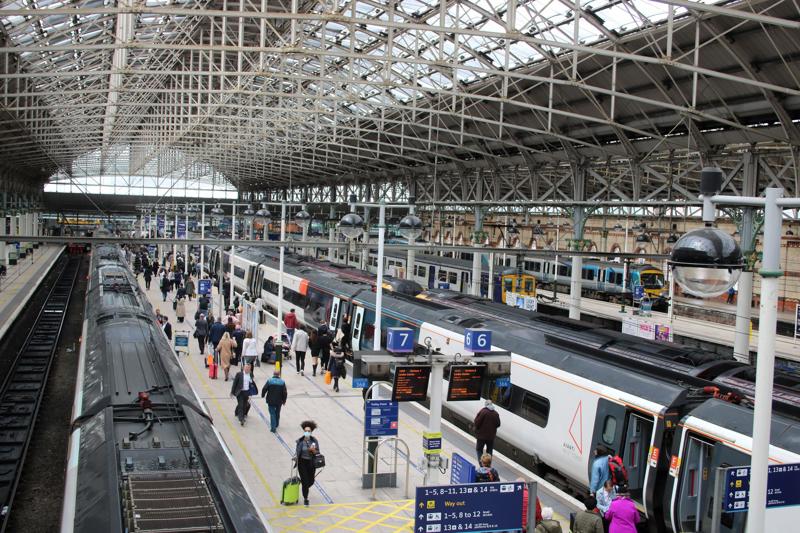
A new study by the Chartered Institute of Logistics and Transport (CILT) has set out a pathway for a simple fares system that it says is easy to understand, and which would bring in new customers.

A new study by the Chartered Institute of Logistics and Transport (CILT) has set out a pathway for a simple fares system that it says is easy to understand, and which would bring in new customers.
The study opens by promising that no changes to the number (or opening hours) of ticket offices are needed. It points out that half of all stations do not have ticket offices, and that many stations which do have them are open for limited hours.
Delivery should begin at once, but will happen “over a multi-year period”, it says.
“The key thing is a clear statement from government that we will move to only providing single tickets,” said Malcolm Pheasey of CILT’s strategic rail policy group.
“That can be done straightaway. It has to remove complexity. And we need to make sure the Treasury does not get in a panic about it.
“Almost everything we recommend is already happening somewhere. But it has to be focused, and nationwide. Politicians and civil servants have always struggled to move forward with this change - we are giving them a way to do that.”
The vision includes:
- Single-leg pricing, removing all return journeys, so that a pair of single tickets reflects the current return fare.
- Urban areas move to a London-style, tap-in tap-out, pay-as-you-go (PAYG) pattern with Peak and Off-Peak rates.
- Long-distance travel, over around 75 miles, moves to Anytime, Advance or “70-minute flex” fares mirroring the trial on LNER, with pre-purchased tickets available up to a few minutes before departure.
- For journeys outside PAYG and under 75 miles, three fares would be offered: Peak Single, Off-Peak Single, and Super Off-Peak Single, with time restrictions to reflect demand.
- Child fares continue at 50% of the adult ticket.
- Discounts and concessions for adults administered through smartcards in urban centres and account-based ticketing elsewhere, with passengers registering for a smartcard or online account with discounts applied on purchase.
- Season tickets disappear, replaced by fare caps either on tap-in tap-out, or through an online account.
- Premium fares, such as First Class, offered as a supplement for each single journey.
- As in London, the metropolitan areas would move to simple tap-in tap-out Peak/Off-Peak operations, using a smartcard, bank card or mobile phone.
Fares would be determined at the journey’s end, accounting for start point and time of day. There would be no promotional fares, but fares for multi-journey trips would be capped on a daily or weekly basis, removing the need for season tickets.
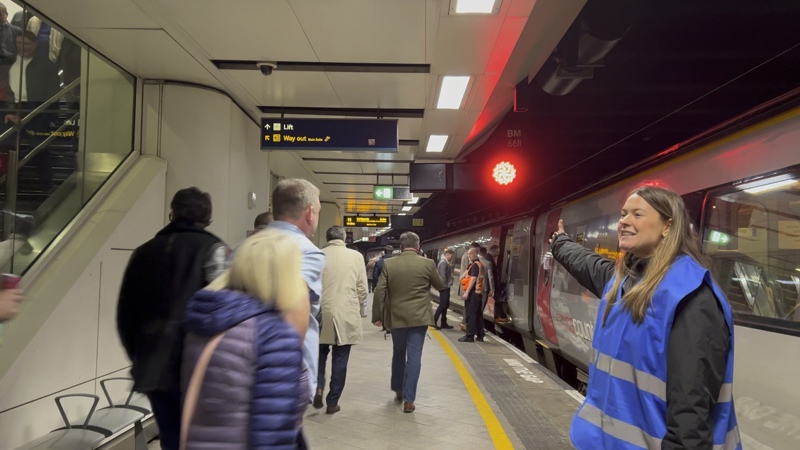
These could integrate with other travel modes. And people without bank accounts could buy pre-paid smartcards from shops, from which fares are deducted - as with Oyster cards in London.
Passengers who tap-in but who fail to tap-out would be charged a maximum fare, and those who do not tap-in would be charged a penalty fare.
This would apply to the wider London travel area, the large mayoral combined authorities such as West Midlands and Greater Manchester, and to city regions such as Cardiff and Strathclyde.
For long-distance journeys, walk-up fares would still be available, but at the highest price and reflecting market demand. Current monthly open return tickets would be withdrawn, as these would be less good value than new single fares.
The pattern of single-leg Anytime, Advance or Flex would apply to all journeys over 75 miles, including complex trips such as Brighton to Cambridge, but would not apply to a shorter flow such as Gatwick to Bedford.
“Moving to a new fare structure will need to be done sensitively and is likely to take several years, with likely criticism and pressure,” finds the CILT study.
It adds: “The majority of fares that cause complexity are lower-priced fares and any consolidation runs the risk of being seen as just increasing fares.”
CILT recognises that the greatest challenge is in devising a transition plan. But it says the first steps can be taken quickly, before every detail of the future fares structure is settled.
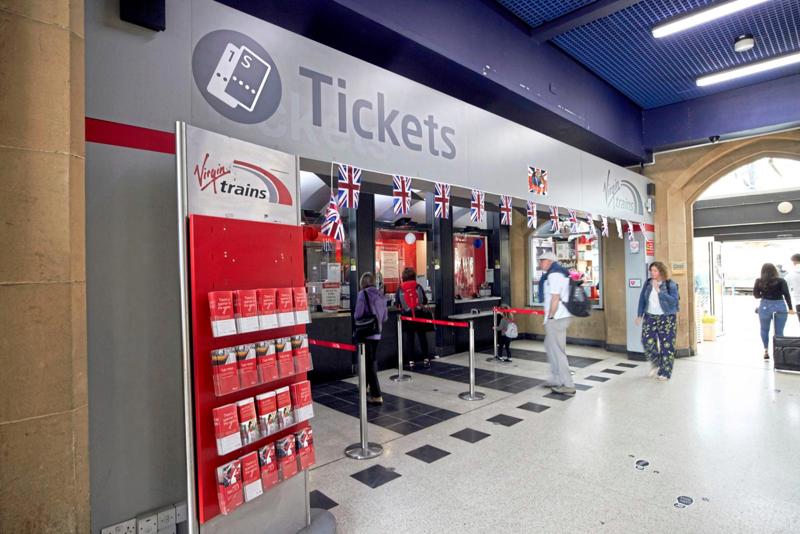
The differential between the single and the return ticket on the same flow, using the same ticket type, can range between 50% and just 10p, requiring large changes in both fares to reach the singles being half the cost of the returns.
Likewise, the differential between Peak Return and Weekly Season ranges between five days and 1.5 days.
The transition plan would entail:
- First steps should be delivered between March and May 2025.
- Train operator-specific and low-volume, low-value tickets should be removed soon.
- All single fares should be available for use on one day only.
- A new national ticket ordering and collection service should be set up for those unable to access technology or bank accounts.
- Fares policy at both national level and from devolved authorities should define transparently what has to be achieved - maximising demand and available capacity and finance, while reducing crowding.
“We need to move away from saying fares change by a particular percentage each year,” said Pheasey.
“You have to allow the people who control individual fares - they’re in the train operators at the moment - to adjust the single ticket prices to be crudely half the return.
“It will be very complex, and it might have to be done in stages, over a couple of fares rounds. But the important thing is to get away from moving by a nationally standard amount once a year.
“There will be a need for technology that is new for some locations, rather than genuinely new technology. There will be gatelines with automatic barriers and ticket validators.”
Telling the public now that single fares will be the future will give people time to accept the idea, added Pheasey, noting that implementation will take a number of years.
“Revenue neutral is the term to use. That means revenue neutral as the Treasury sees it, and probably also at train operator level,” he said.
“But you have to accept that some fares will go up, and others will go down.”
There are 900 unique ticket names on the network. CILT says these should be consolidated or removed, with common ticket names used.
There are operator-specific fares such as between Milton Keynes and London Euston, and between Selby and Leeds. These would be removed.
Fares routed between different stations could still be priced separately. The study uses the example of Birmingham New Street to London Euston, where the fare could be the same on both the fast Avanti and slow West Midlands services when both operators come within Great British Railways. But the fare could remain different from Birmingham Moor Street to London Marylebone.
The GBR Transition Team has been working behind the scenes on similar policies These have not been made public, so it is not possible to compare CILT’s study with the railway’s own findings.
But CILT makes it clear there will be opposition: “Achieving this step change and modernisation will require balance and determination over an extended period from both the industry and from politicians, to face up to the noticeable changes in fares, both increases and decreases.”
Login to continue reading
Or register with RAIL to keep up-to-date with the latest news, insight and opinion.

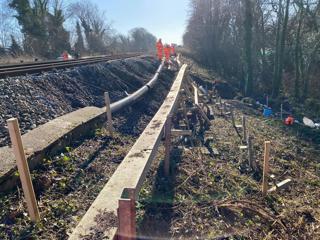
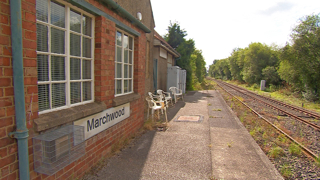
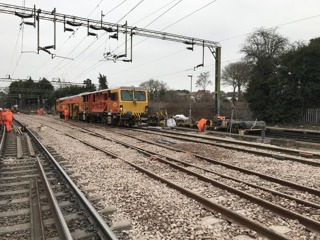
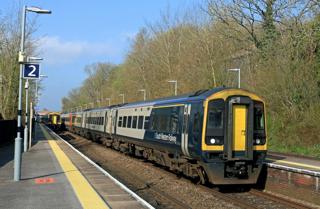
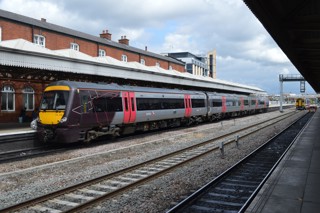











Aph1967 - 11/03/2025 22:04
"Fares routed between different stations could still be priced separately. The study uses the example of Birmingham New Street to London Euston, where the fare could be the same on both the fast Avanti and slow West Midlands services when both operators come within Great British Railways" That is a major flaw if you want address crowding issues. Fast or Slow for the same money? Let me see. I hope there aren't other examples of such an idea.